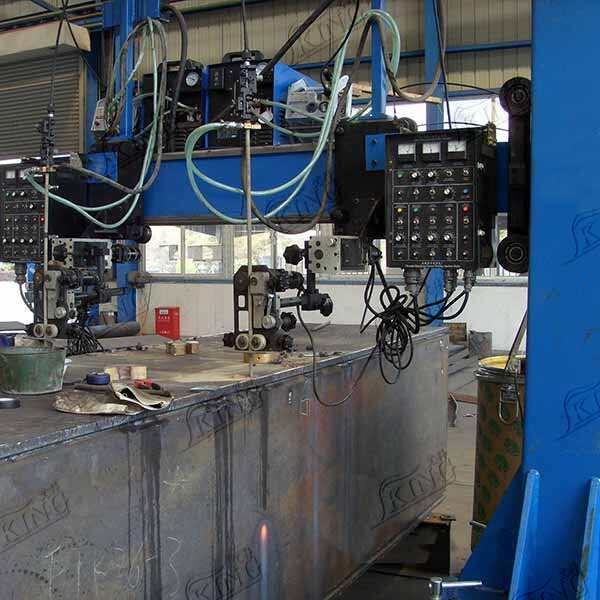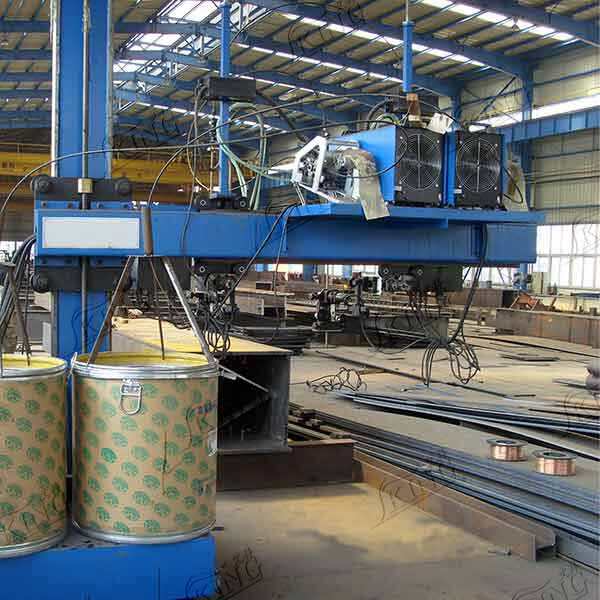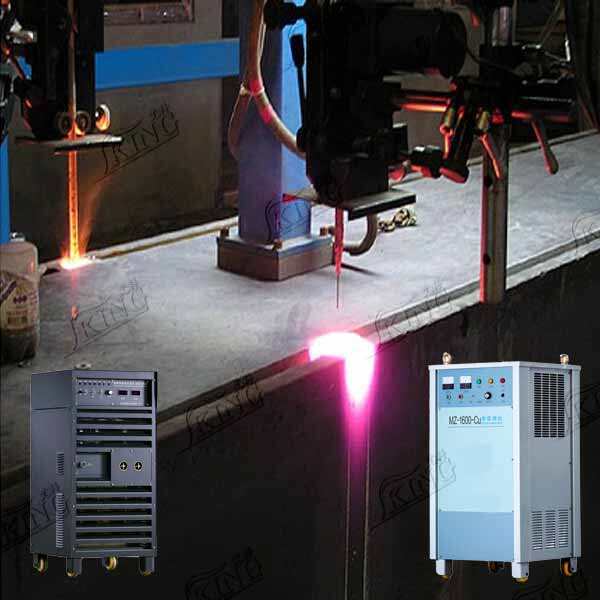solda a eletro-boro e solda a eletrogás
A soldagem por eletroescória e a soldagem eletrogás representam processos avançados de soldagem vertical projetados para união de materiais espessos. A soldagem por eletroescória (ESW) opera mantendo um banho de escória fundida entre as peças, enquanto a soldagem eletrogás (EGW) utiliza um gás de proteção. Ambos os processos empregam sapatas de cobre ou tiras de respaldo para conter a poça de metal fundido e criar uma solda vertical contínua. A escória fundida na ESW fornece aquecimento por resistência elétrica e refinação do metal, enquanto a EGW depende do gás de proteção para blindagem. Esses processos destacam-se na soldagem em passe único de materiais com espessuras que variam de 1 a 12 polegadas, tornando-os altamente eficientes para aplicações industriais pesadas. A tecnologia utiliza um sistema de alimentação contínua de arame e equipamentos especializados para manter a qualidade constante da solda ao longo do percurso vertical. Aplicações comuns incluem construção naval, fabricação de vasos de pressão, construção de estruturas pesadas em aço e produção de grandes tanques de armazenamento. Os processos são particularmente valiosos em situações onde a soldagem tradicional com múltiplos passes seria impraticável ou economicamente inviável. Ambos os métodos alcançam altas taxas de deposição e excelente penetração, resultando em soldas de alta qualidade com mínimos defeitos.


